R134a and R410a will gradually replace R22
Refrigerant R22, while experiencing a sales boom before the holiday season, faced pessimism and concerns in the post-holiday market. The significant price surge will inevitably lead to a subsequent decline in the future. According to the Refrigeration Express reporter, most refrigerant manufacturers have a bleak outlook for the upcoming 2012 cooling year, due to the anticipated production and sales difficulties in the household appliance and automotive industries.
From the current technological conditions, R134a and R410a will gradually replace R22 as air conditioning refrigerants. The use of the co-boiling working fluids HFC134a/HFC152a to replace R12 as refrigerator refrigerants has become the main HFCs new refrigerant for the present and the next several decades. Statistics show that in 2009/2010, with the explosive growth of the Chinese automotive market and the increase in the number of automobiles in China, the consumption of R134a in China exceeded 20,000 tons in 2010, all of which were used for refrigerant consumption. Based on the current global phase-out timetable for HCFCs, including China, and the existing materials and technological level of refrigerants, R134a, R152a, R125, R32, etc., will be the main directions for future refrigerant applications.
In recent years, as low-end fluorine chemical industry gradually shifted to China with more abundant fluorite resources, China’s capacity for low-end fluorine chemicals, especially anhydrous hydrofluoric acid, has expanded rapidly. According to a survey conducted by the major market of air conditioning and refrigeration, by the end of 2009, China’s capacity for hydrofluoric acid had increased from 560,000 tons in 2005 to over 1.1 million tons, accounting for more than half of the global total capacity. The rapid expansion of hydrofluoric acid capacity directly increased the demand for fluorite resources and subsequently drove up the price of fluorite powder (97%) from around 400 yuan/ton at the end of 2009 to a peak of 3000 yuan/ton in June 2011. Although it has since declined due to the decrease in prices of refrigerants and polyfluorinated compounds, it currently remains at around 2500 yuan/ton.
In terms of the current manufacturing cost of hydrofluoric acid in China, producing one ton of hydrofluoric acid requires about 2.2 tons of fluorite, 2.8 tons of sulfuric acid, 2.1 tons of bituminous coal, and 1400 kWh of electricity. Calculated based on the current prices of 2500 yuan/ton for fluorite, 570 yuan/ton for sulfuric acid, 800 yuan/ton for 5500 kcal power coal, and 0.5 yuan/kWh for electricity, the production cost of hydrofluoric acid may have exceeded 10,000 yuan/ton. Additionally, the production of R134a requires about four tons of hydrofluoric acid per ton, which means the actual production cost of R134a may exceed 40,000 yuan/ton. Considering the current market price of approximately 38,500-39,200 yuan/ton, if all hydrofluoric acid is purchased externally to produce new refrigerants, there may be a loss of about 1000 yuan per ton of refrigerant. This poses significant cost pressure for manufacturers of these new refrigerants.
For producers with abundant fluorite resources and engaged in the entire fluorine chemical industry chain, although they face considerable production cost pressure for high-end fluorine chemical products such as refrigerants and polyfluorinated compounds, their low-cost fluorite resources, which only cost a few hundred yuan to mine, and the recycling and reuse of their complete industry chain can still ensure profitability. However, their profit margins have been somewhat compressed. Moreover, these producers engaged in the entire industry chain can also obtain CDM subsidies in global carbon emissions trading.
.png_MyXOssProcess/image/resize)
.jpg_MyXOssProcess/image/resize)
.jpg_MyXOssProcess/image/resize)
.jpg_MyXOssProcess/image/resize)

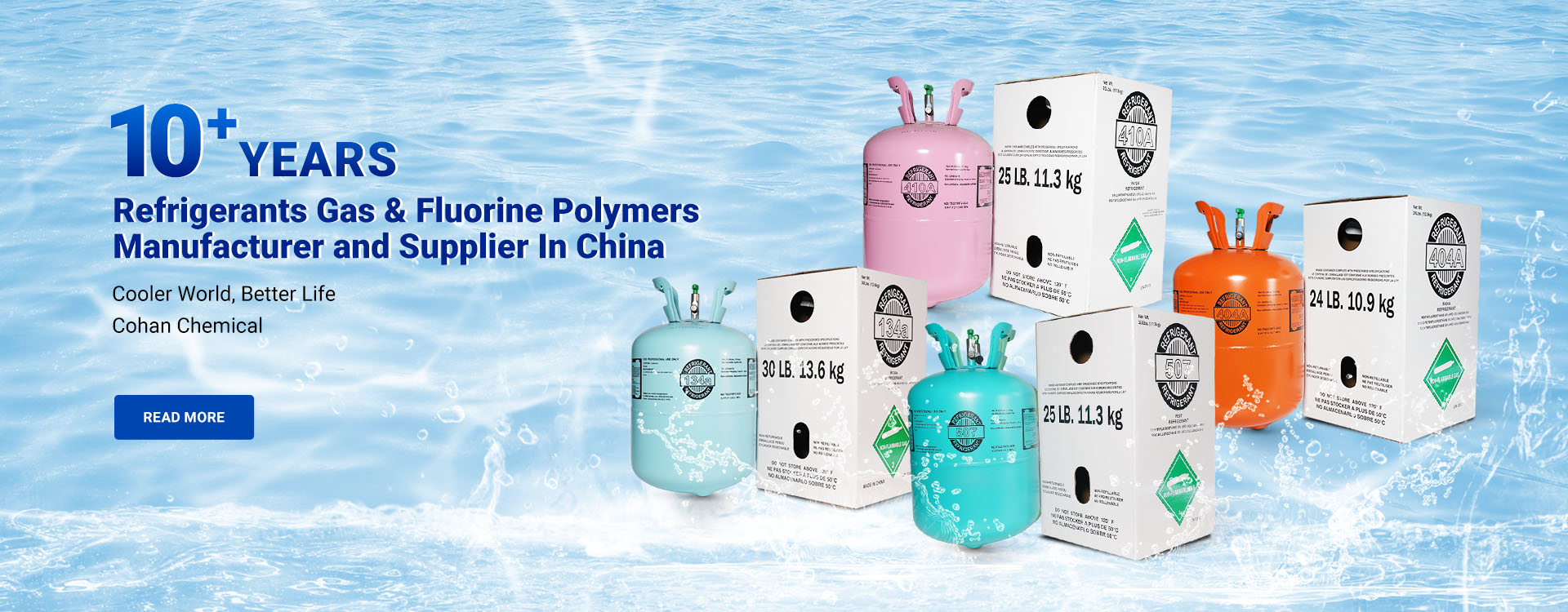
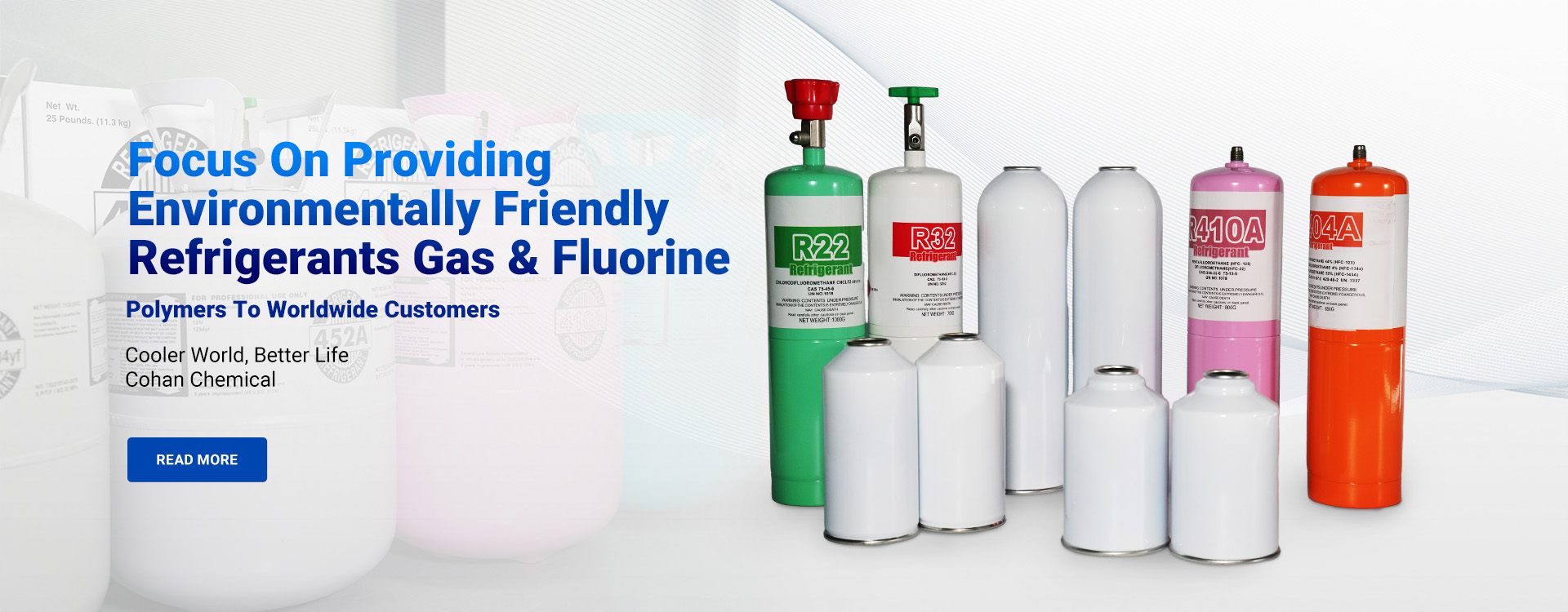
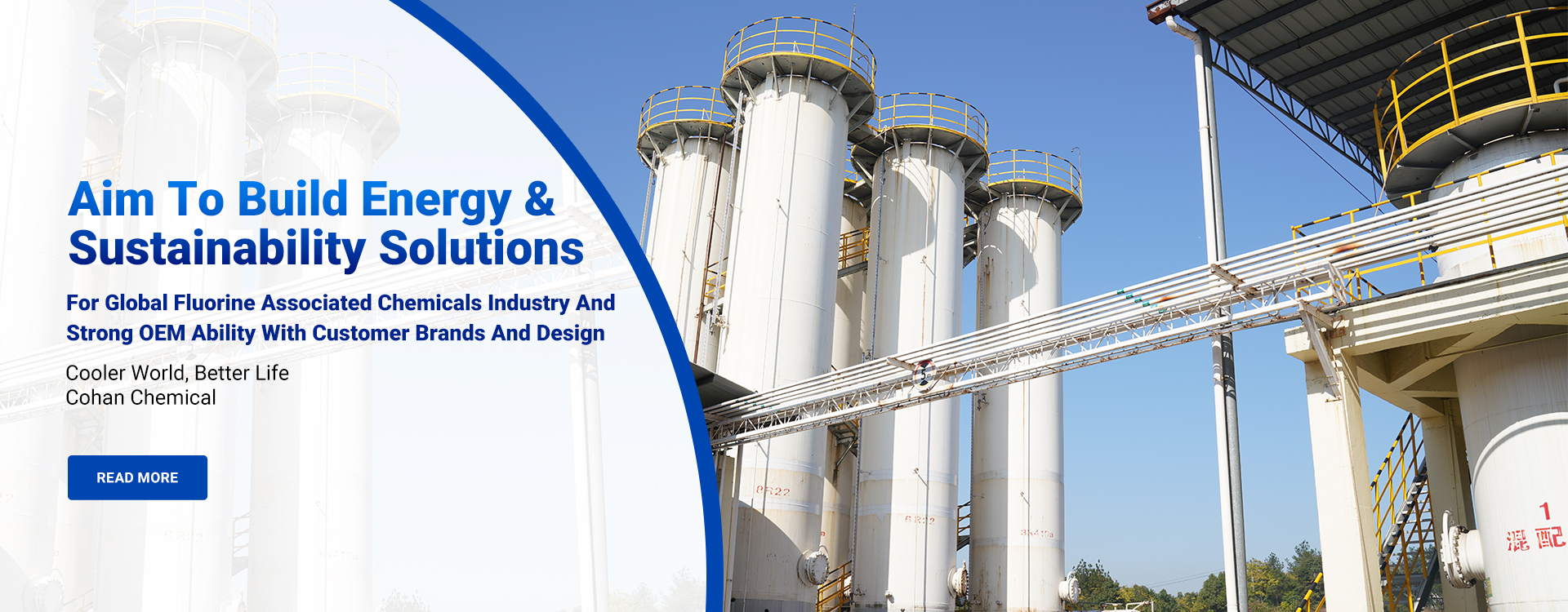
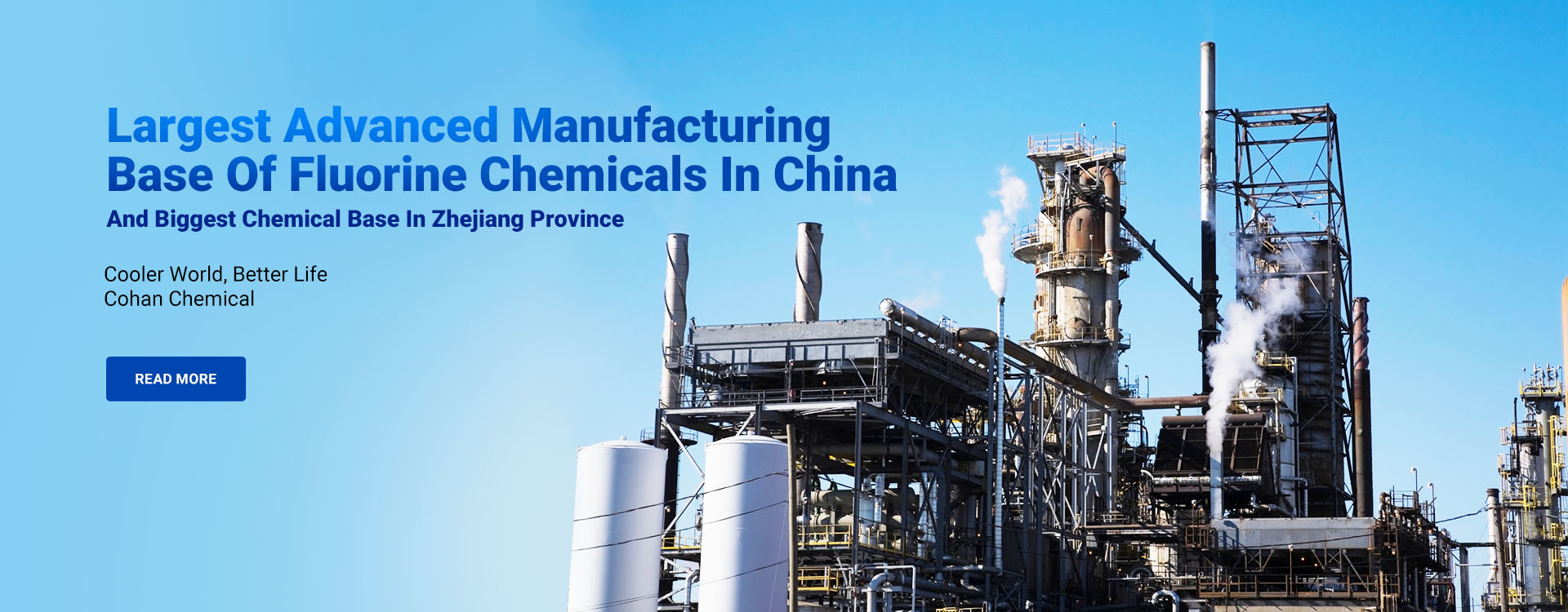
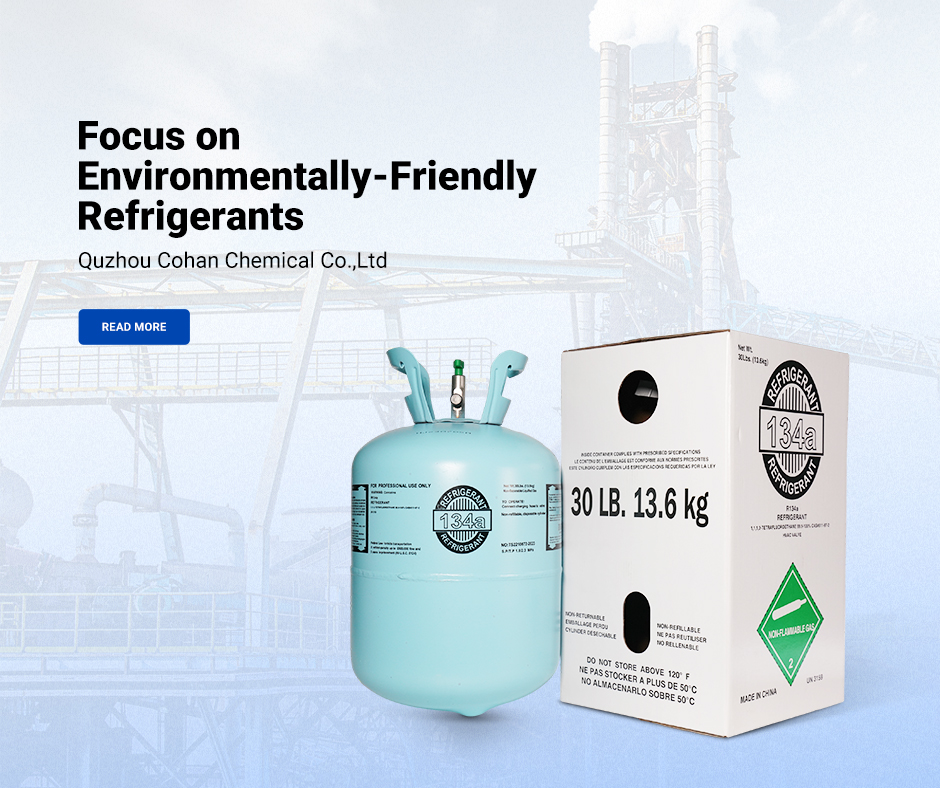
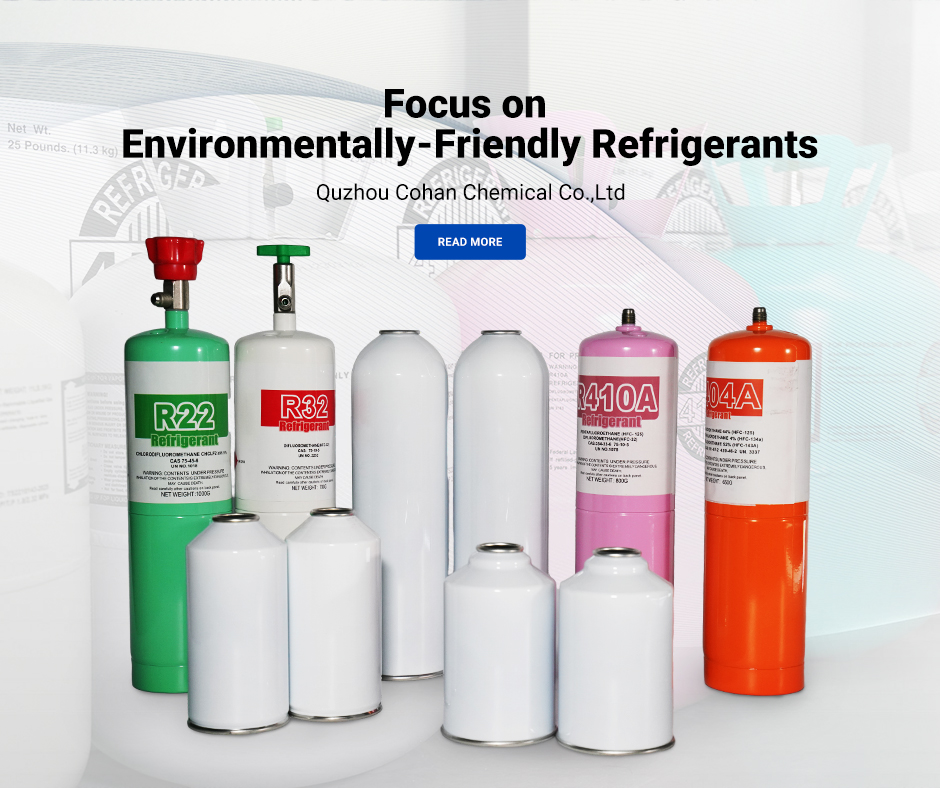
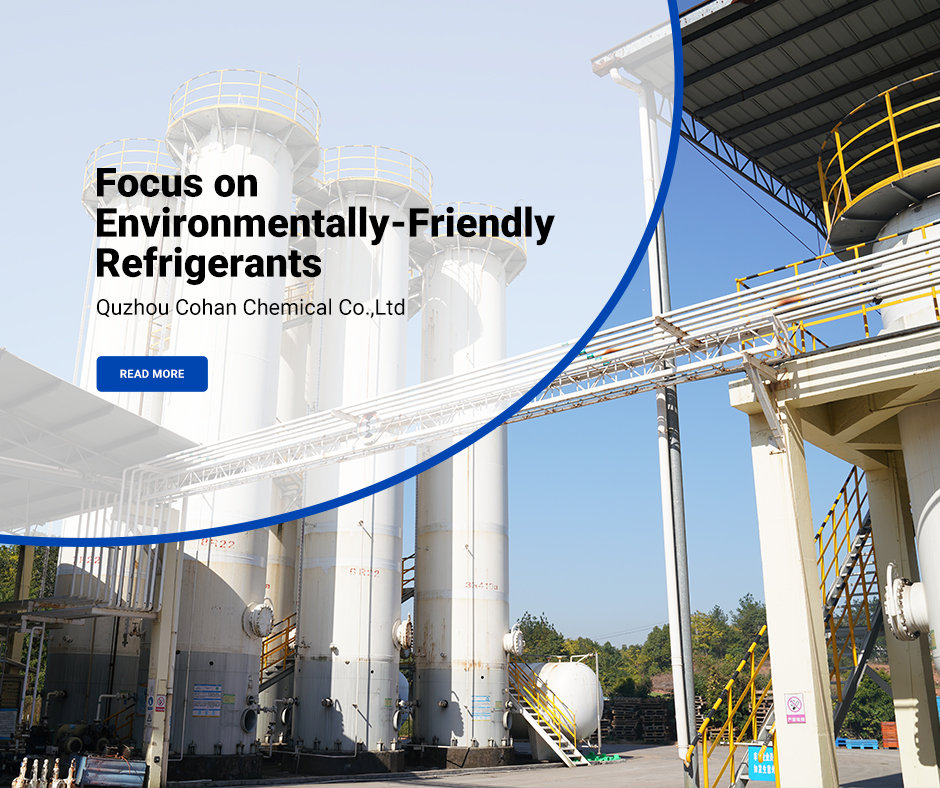
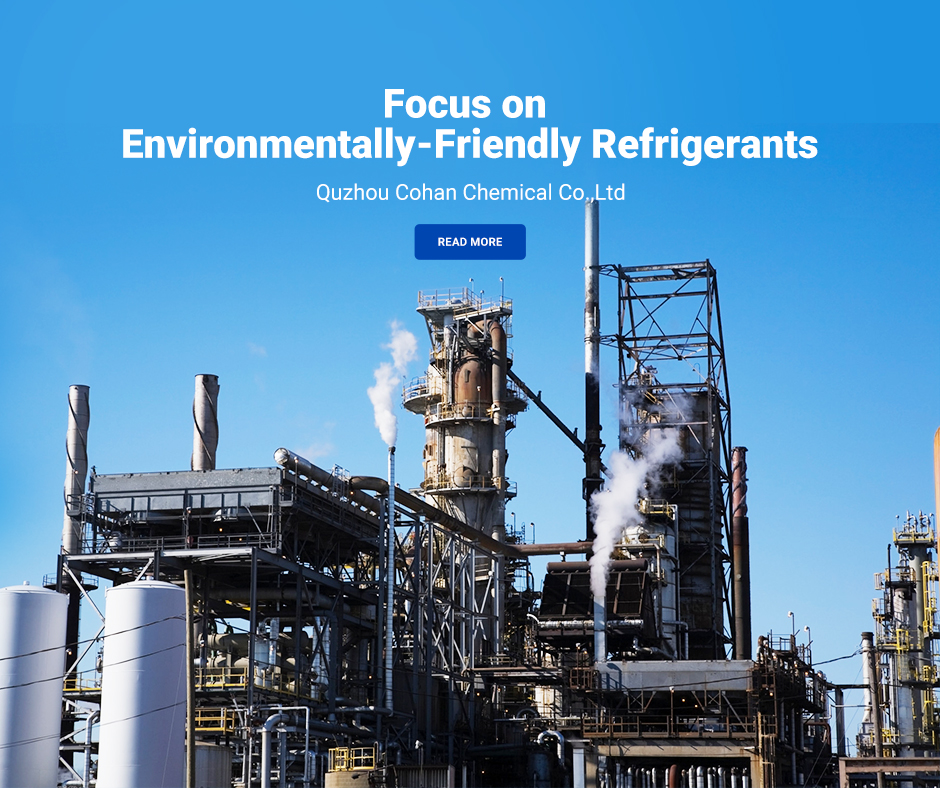

.jpg_MyXOssProcess/image/resize)






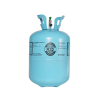
.jpg_MyXOssProcess/image/resize)
.jpg_MyXOssProcess/image/resize)
